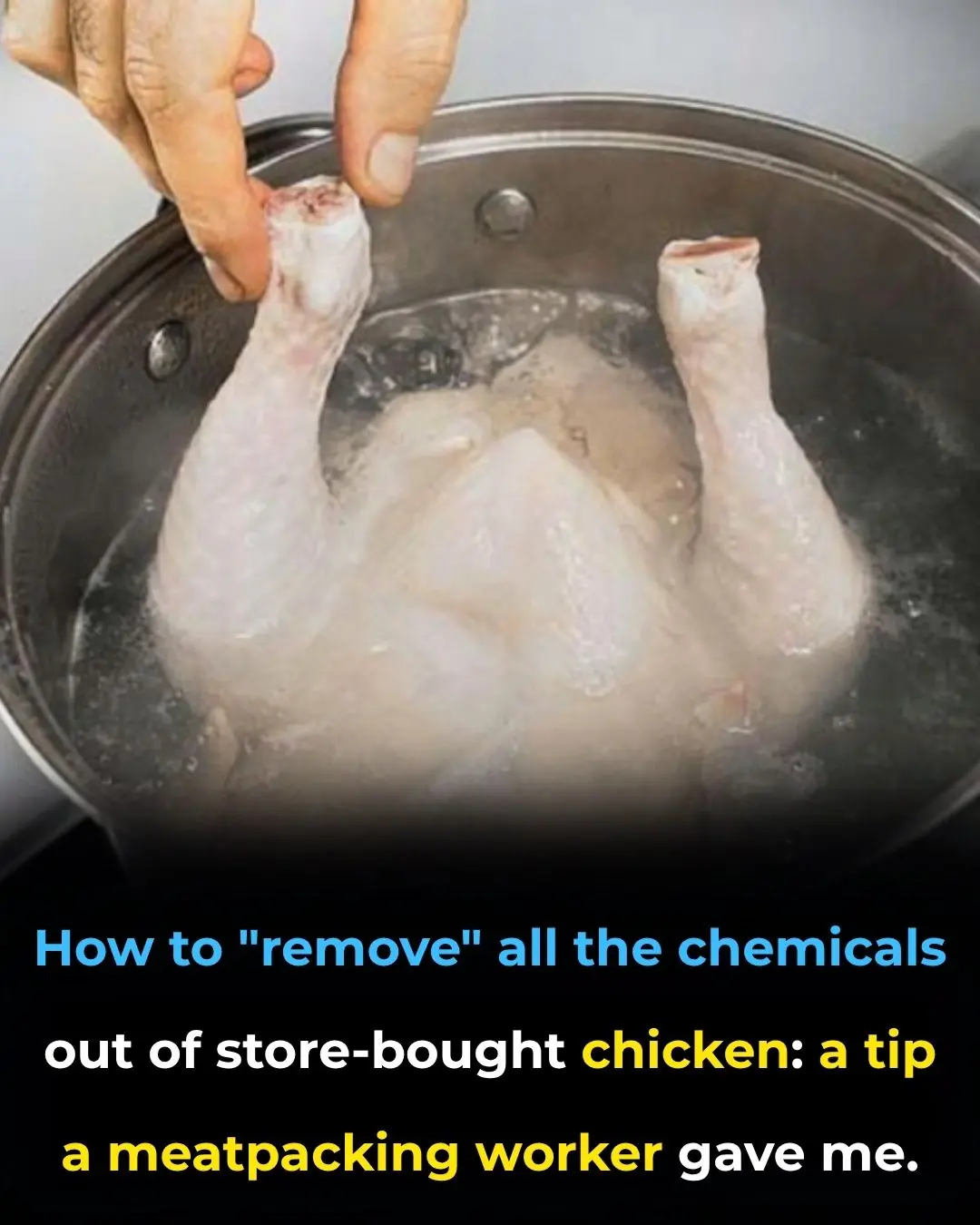
Pork fed growth hormones and containing lean meat additives often has this sign. You just need to be observant when going to the market to see it.
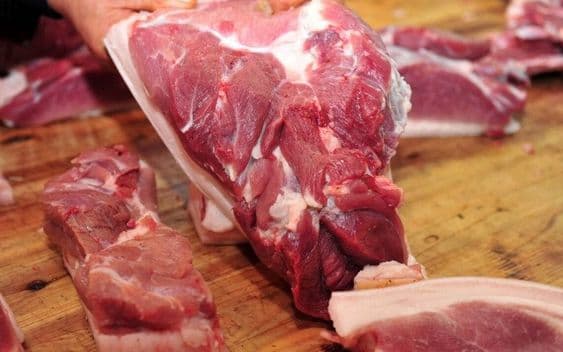
How to Choose Pork Safely and Avoid Lean Meat-Enhancing Chemicals
When shopping for pork, it is essential to recognize certain signs to avoid buying meat that may contain lean meat-enhancing chemicals. Today, pork is one of the most commonly consumed foods and a staple in many Vietnamese households. However, a worrying trend is that some farming operations use banned substances to make pigs leaner before selling them on the market.
One of the most notorious lean meat-enhancing chemicals is Salbutamol, which belongs to the Beta-Agonist group. This substance has been banned for use in livestock by both the World Health Organization (WHO) and the Food and Agriculture Organization (FAO) for many years. In Vietnam, its use in pig farming has been prohibited since 2002.
Despite these regulations, inspections have repeatedly uncovered significant quantities of lean meat-enhancing chemicals being used on pig farms, causing widespread concern among consumers about the safety of the pork they purchase.
Fortunately, even without laboratory tests, there are visible and tangible signs that can help identify pork that may have been treated with such substances.
1. Smell
Chemically treated super-lean pork often has a stronger, fishy, or unusual odor compared to naturally raised pork. A fresh, mild smell is generally a good indicator of safe pork.
2. Fat Layer
Super-lean pigs raised with chemicals typically have a thin fat layer, usually less than 1 cm, which is soft and loosely attached to the meat. If the meat appears to be entirely lean, with fat and muscle completely separated, it is a warning sign to avoid buying it.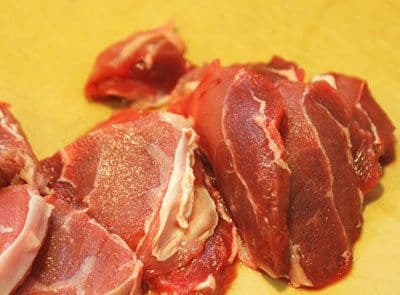
3. Color
Pork from pigs treated with banned substances often has a dark red or even blackish color. On the surface, particularly around joints and elbows, there may be red spots or patches mixed with dark areas, which is unusual in naturally raised pigs.
4. Texture and Meat Blocks
When a pig has been treated with lean meat-enhancing substances, the meat is usually dry, hard, and less elastic. It may feel like the meat is waterlogged inside, forming lumps in the lean parts. When cut, a yellowish liquid may sometimes ooze out. A simple test is to cut a piece 3–4 cm thick: if it cannot stand upright on its own, it could be a sign of pork from pigs raised with growth-promoting chemicals.
5. Cooking Characteristics

Super-lean or chemically treated pork behaves differently during cooking. When boiled, it often produces a lot of scum, and the water may have an unpleasant odor. When pan-fried or roasted, the meat releases excess water and tends to become dry and tough rather than tender.
Tips for Choosing Safe, Clean Pork

-
Buy from trusted sources: Purchase pork with clear origin labels from supermarkets or reputable stores to ensure safety.
-
Observe the color: Select meat that is bright pink, naturally colored, and dry at the cut surfaces. Avoid meat that appears discolored, slimy, or has excessive liquid.
-
Check elasticity: Press the meat with your finger and release it. Safe, fresh pork will spring back to its original shape, indicating good quality and freshness.
-
Look for marbling: A small, even layer of fat is natural. Avoid meat that is unnaturally lean or with fat completely separated from the muscle.
-
Smell and touch: Trust your senses—fresh pork should have a pleasant, mild smell and firm but tender texture.
By being careful and observant, consumers can significantly reduce the risk of buying pork treated with dangerous lean meat-enhancing chemicals, ensuring both health safety and delicious meals for their families.
News in the same category


When choosing a balut egg, just look at one point to know if it is old or young, no fear of buying the wrong one.

Tips for hair care with corn, extremely effective in preventing hair loss, new hair grows abundantly
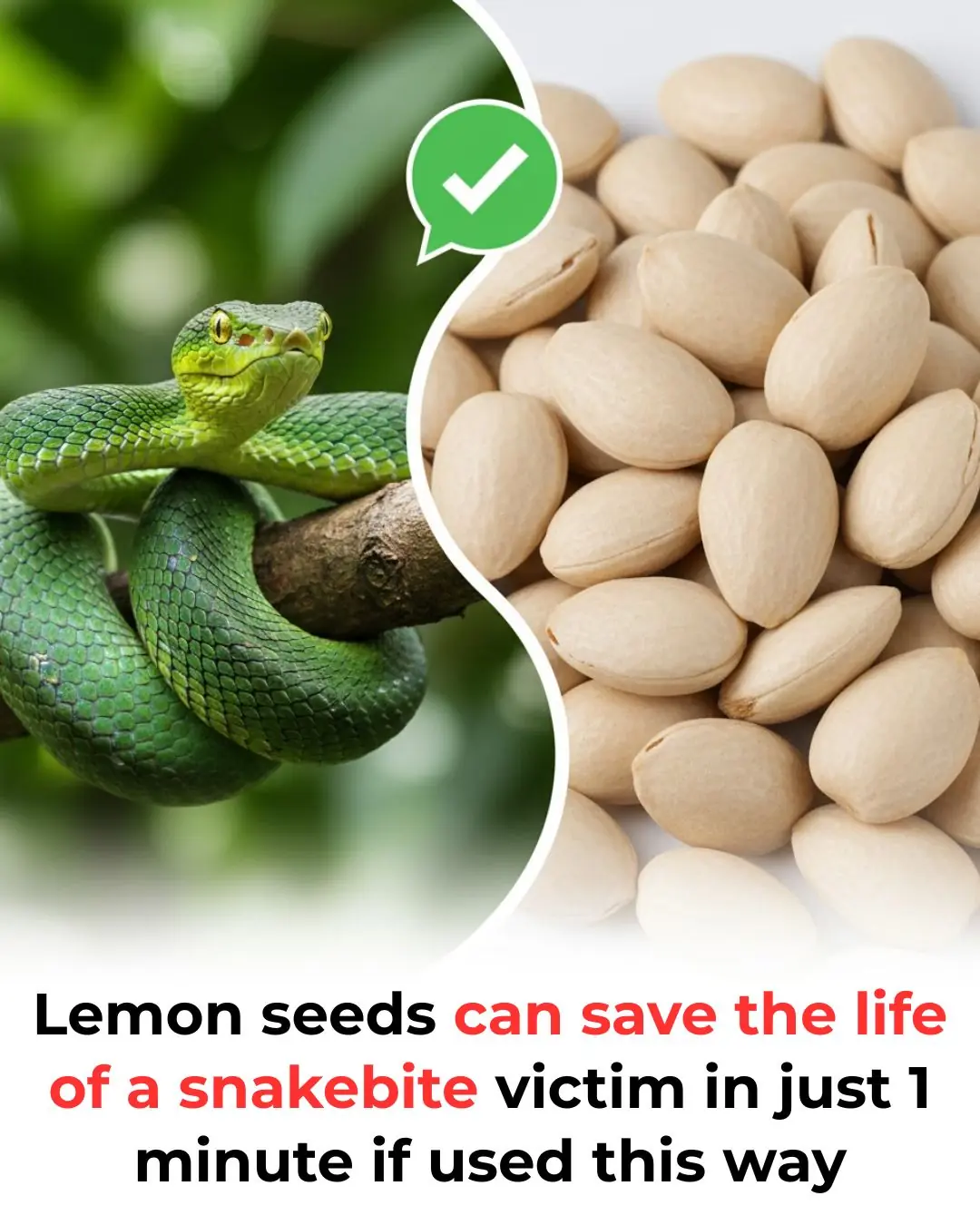
Lemon seeds can save the life of a snakebite victim in just 1 minute if used this way

Phone got wet, burying it in a rice barrel only damaged it a little, smart people do it this way

Tips to preserve moon cakes for half a year, keep them from getting hard when eaten

Great tips to help your flowers and ornamental plants, no matter how wilted, become fresh again in just a few days

No need for chemicals, get rid of flies in your house with spices in the kitchen
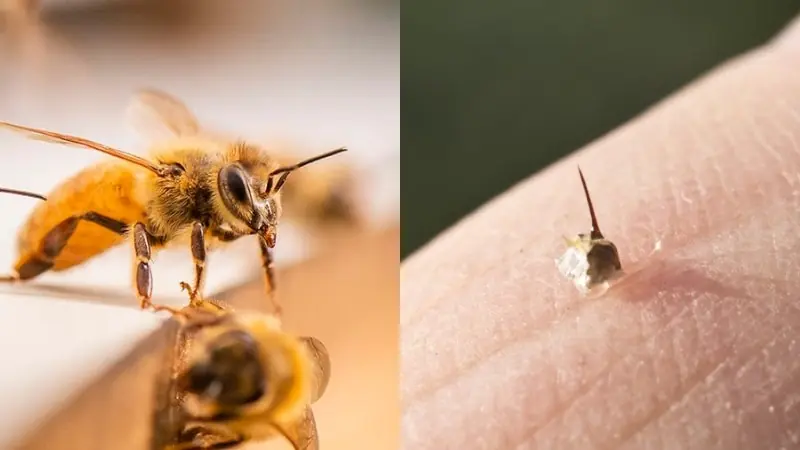
A Simple 1-Minute Trick to Soothe Bee Stings – My Dad’s Easy Home Remedy (Scientifically Explained)

5 Simple Ways to Remove Rust from Knives – Make Your Dull, Rusty Knife Shiny and Sharp Again
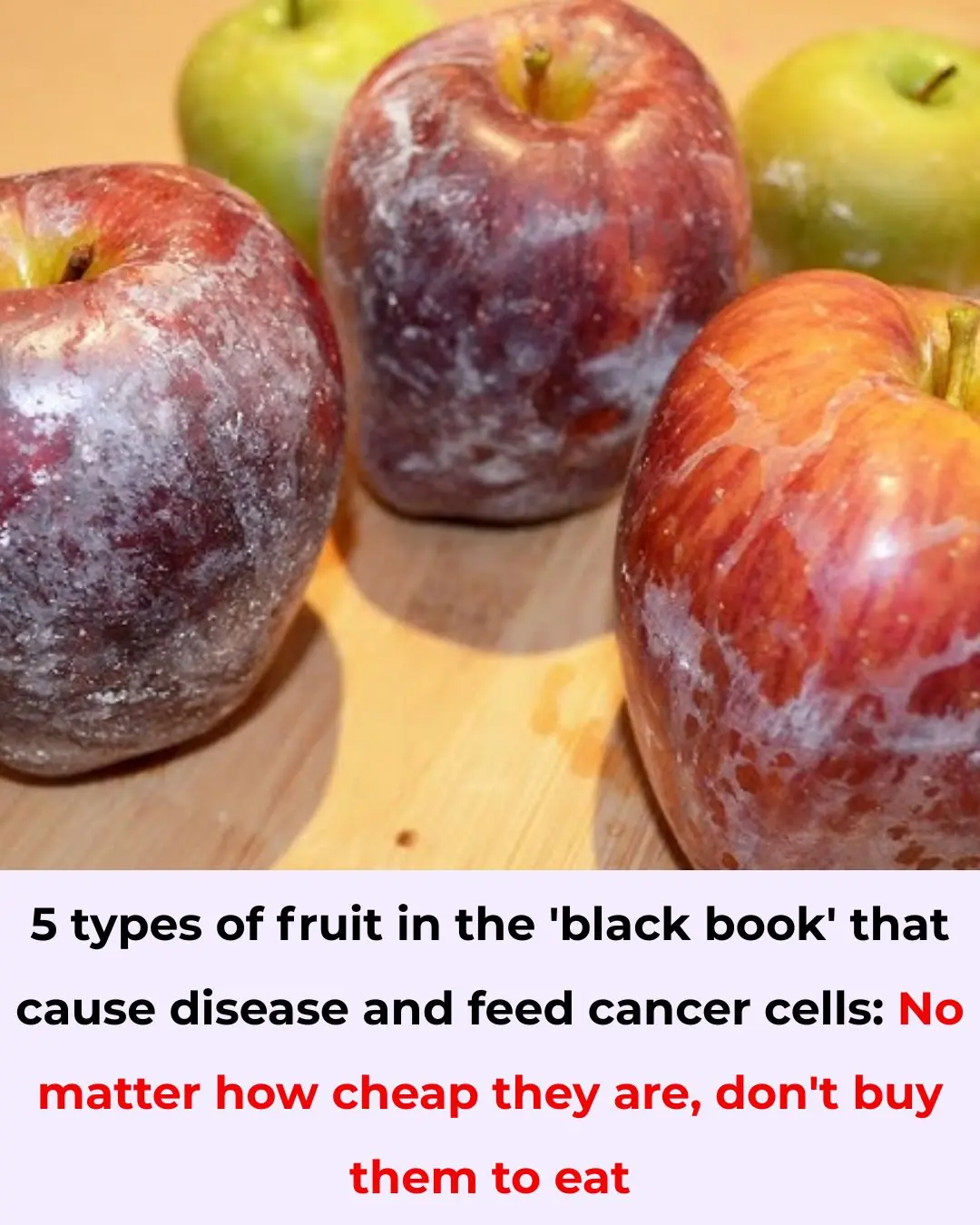
5 Fruits on the ‘Blacklist’ That Can Cause Cancer – Avoid Buying Even If Cheap
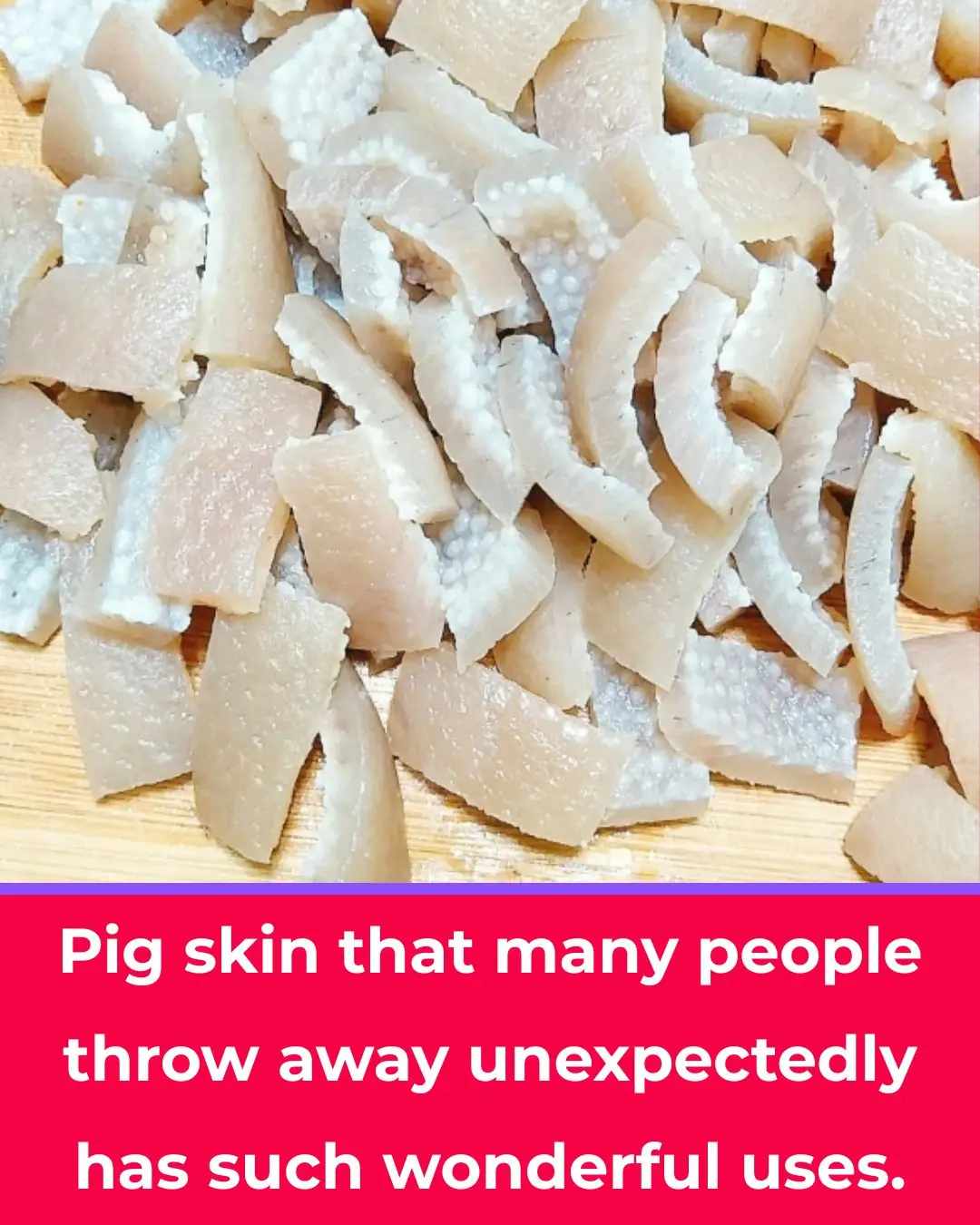
Pork Skin – The Often Overlooked Superfood

Don’t Throw Away Lemon Peels! Use Them for These 8 Household Tasks and Save a Ton of Money

10 surprising ways to use vinegar around the house

Stop eating these 10 things of CRAP

Mix Banana Peels With This and Leave It in a Corner — Roaches Will Disappear Overnight

Weak Toilet Flush and No Suction? A Simple Trick From a Professional That Fixes It Instantly

Genius Ways to Store Ginger Without a Refrigerator — Keep It Fresh for an Entire Year

Everyday Habits That Could Be Quietly Ruining Your Home
News Post
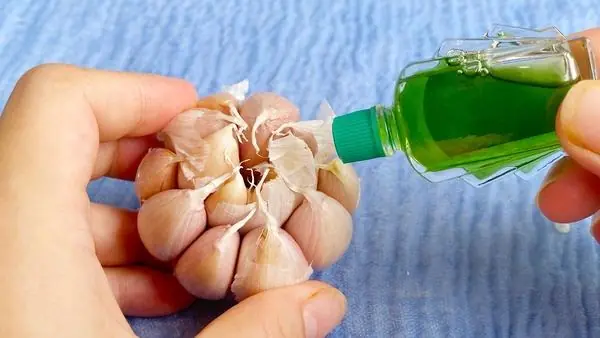
Pouring medicated oil on garlic seems like a strange thing to do, yet it offers surprising benefits that not everyone knows about

Powerful Foods That Help Prevent Clogged Arteries And Keep Your Heart Feeling 20 Again

‘He Needs To Act Like A Professional’: Would Draymond Green Care That A Fan Called Him ‘Angel Reese’ If He Was Still Good?

O.J. Simpson Estate Selling Off Treasures to Pay Goldman $58M—You Won’t Believe What’s Up for Auction

Leading Barber App Releases New Heartwarming Campaign Highlighting the Transformative Power of a Haircut
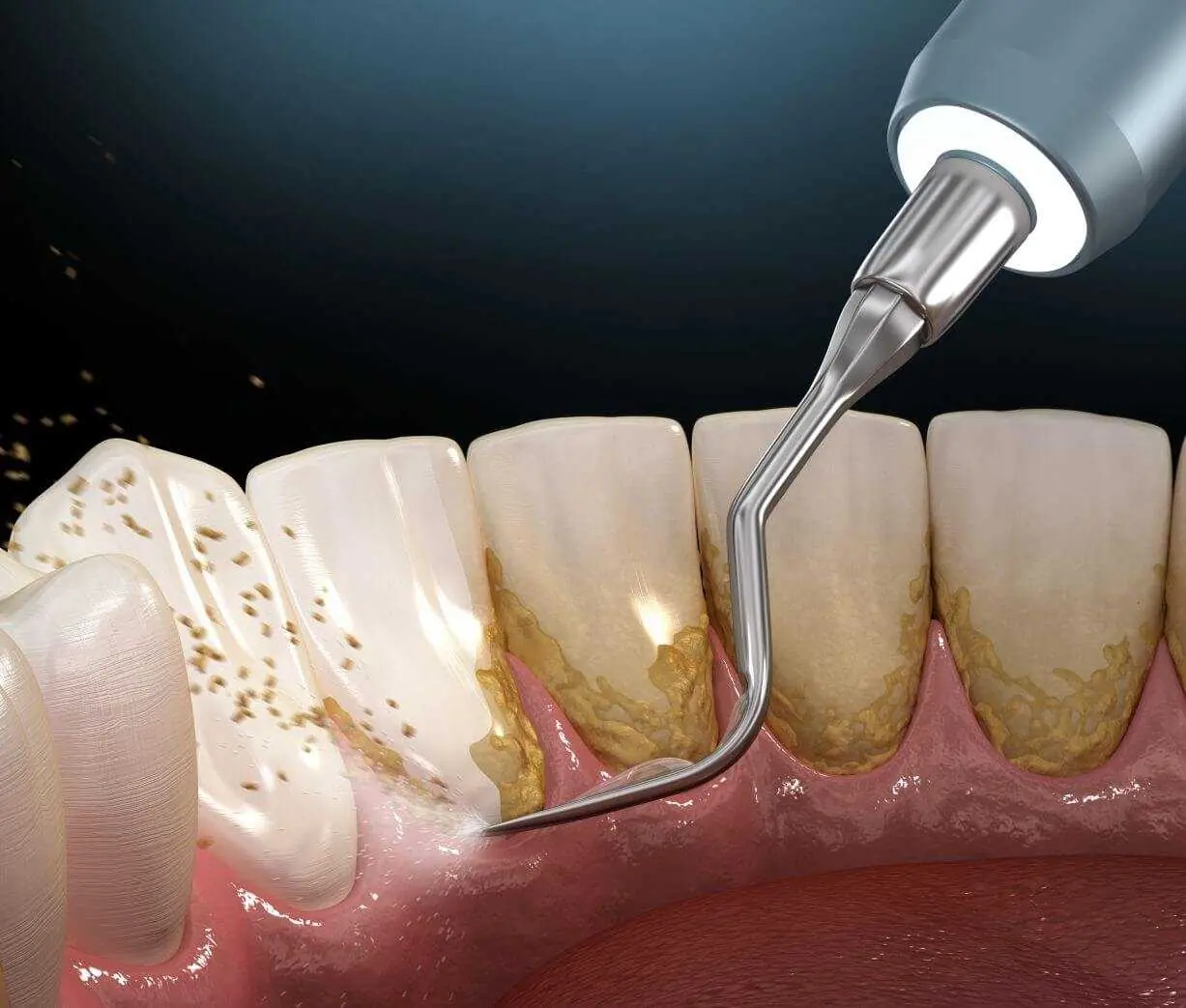
Natural Plaque-Removal Tricks That Actually Work

Philadelphia’s Oldest Black Bookstore From 1950s Officially Granted Historical Marker

How To “Remove” All The Chemicals Out Of Store-Bought Chicken

Deion Sanders Has Generated More Than $90M for the University of Colorado Boulder

I used castor oil for neuropathy – here’s what happened in 30 days!

What Is The Normal Blood Pressure For Each Age

Johns Hopkins Welcomes Second Cohort of HBCU STEM Scholars as Part of $150M Commitment

Always Close Your Bedroom Door Before Going to Sleep

Meet The Chicago Florist Using Art Installations To Shine A Light On Blackness

Prince to Be Honored Posthumously With Lifetime Achievement Award at Grammys

What Sydney Sweeney and Tom Cruise talked about during Governor Awards: lip reader

BBC axes Davina McCall's Stranded on Honeymoon Island after just one series

Shona McGarty's ex fiancé breaks silence as she joins I'm A Celeb after split
